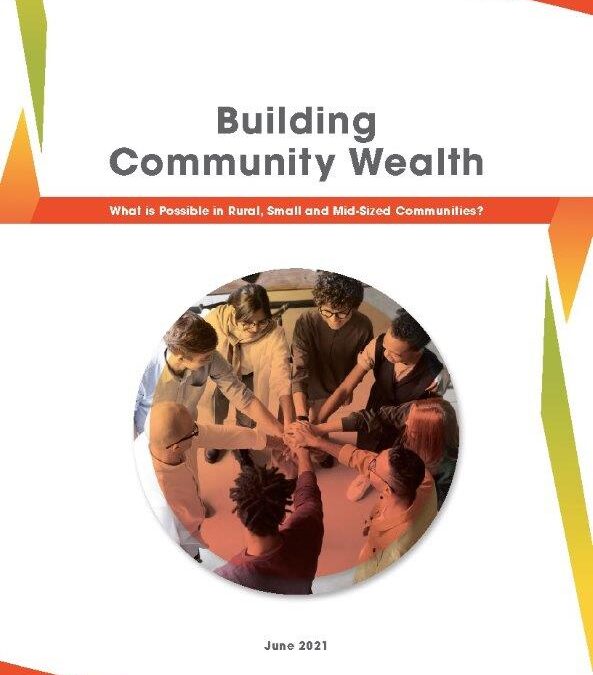Windsor, ON – A new report called Building Community Wealth: What is possible in rural, small and mid-sized communities, from the Windsor-Essex Community Benefits Coalition and United Way/Centraide Windsor-Essex County delves into community wealth building strategies and uses examples from small and mid-sized cities to illustrate how communities can recover, revitalize, and reconnect by building a more inclusive local economy. Large-scale community benefit projects like the Gordie Howe International Bridge have revealed an opportunity to scale these kinds of benefits, right-sizing them to bring prosperity to any community, regardless of size.
The report hopes to drive home the point that for the marginal investment spent on community wealth building initiatives, the broader social value will create savings and social benefits that will compound into the future.
By including elements of community benefit processes, communities across the country have created local employment and training opportunities, small business supports, affordable housing, better community amenities, and much more. By detailing these processes and providing examples, this report will offer inspiration in smaller communities, providing them with ideas and opportunities for ‘building back better’ through equitable and inclusive development in their own backyards.
The report gives a breakdown of community benefit models in Canada and across the world, along with conditions that support this kind of community wealth building at the federal and provincial level. Best practices in community benefits are explored, and examples of smaller scale projects that have implemented community benefit strategies such as a workforce development project in Markham, surplus land use in Windsor’s Ford City, and a legacy fund in Belle River show how this work is already being taken on locally.
Community benefits processes are tools that build community wealth into an infrastructure project with the goal of amplifying positive impacts for a community while lessening the negative effects. In some cases, community benefits like workforce development and local economic growth supports are negotiated and ‘baked in’ at the planning stages through a legally binding Community Benefits Agreement. An example of this can be seen in the Toronto Eglinton Crosstown LRT project which has a community benefits agreement between Metrolinx and the Toronto Community Benefits Network (TCBN) that will provide 10% of work hours for construction to equity seeking groups such as young people, women, and minority workers.
The report has been endorsed by 25 different agencies and groups across the province and is available to download at www.windsoressexcb.ca.
“This report is the hopeful start of a larger conversation in rural, small, and mid-sized communities like Windsor-Essex County around community wealth building and inclusivity,” says Lorraine Goddard, CEO of United Way/Centraide Windsor-Essex County. “Every community, no matter the size, can find ways to become more prosperous if we work differently and collectively.”
“The Windsor-Essex Community Benefits Coalition sees Community Benefits Agreements as a means to ensure that all members of a community share in the benefit of infrastructure and development projects,” says Daniel Ableser, Vice-Chair of the Windsor-Essex Community Benefits Coalition. “While mega-infrastructure projects in large cities may get the headlines, including Community Benefits components in small and mid-sized communities ensures that residents in those communities benefit from investment in their community through skills and workforce development programs and development of amenities for the community, where municipal resources are often stretched thin.”


Recent Comments